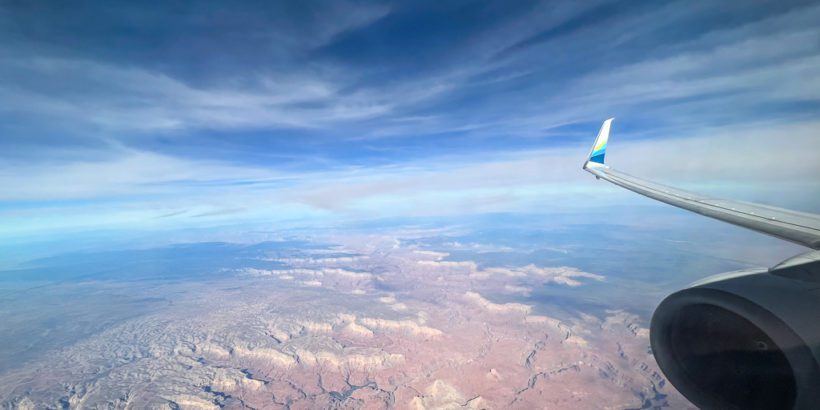When it comes to flying into and out of Arizona, you have quite a few options.
While the state is pretty large (6th largest overall), the airports are clustered mostly in the middle of the state which makes it practical for a lot of people to have different airport options to choose from.
In this guide, we will break down the major airports in Arizona and give you some insight into which airport might be best for you based on where you need to go and how you’d like to get there.
Table of Contents
List of major airports in Arizona (w/map)
First, here’s a list of the major airports in Arizona.
- Phoenix Sky Harbor International Airport (PHX): Located in Phoenix, this is the largest and busiest airport in Arizona.
- Tucson International Airport (TUS): Tucson International Airport is located in Tucson and is the second-largest airport in Arizona.
- Phoenix-Mesa Gateway Airport (AZA): Phoenix-Mesa Gateway Airport is a smaller airport located in Mesa, just east of Phoenix.
- Flagstaff Pulliam Airport (FLG): Flagstaff Pulliam Airport is located in Flagstaff, in northern Arizona.
- Yuma International Airport (YUM): Yuma International Airport is located in Yuma, in southwestern Arizona.
- Prescott Regional Airport (PRC): Prescott Regional Airport is located in Prescott, in north-central Arizona.
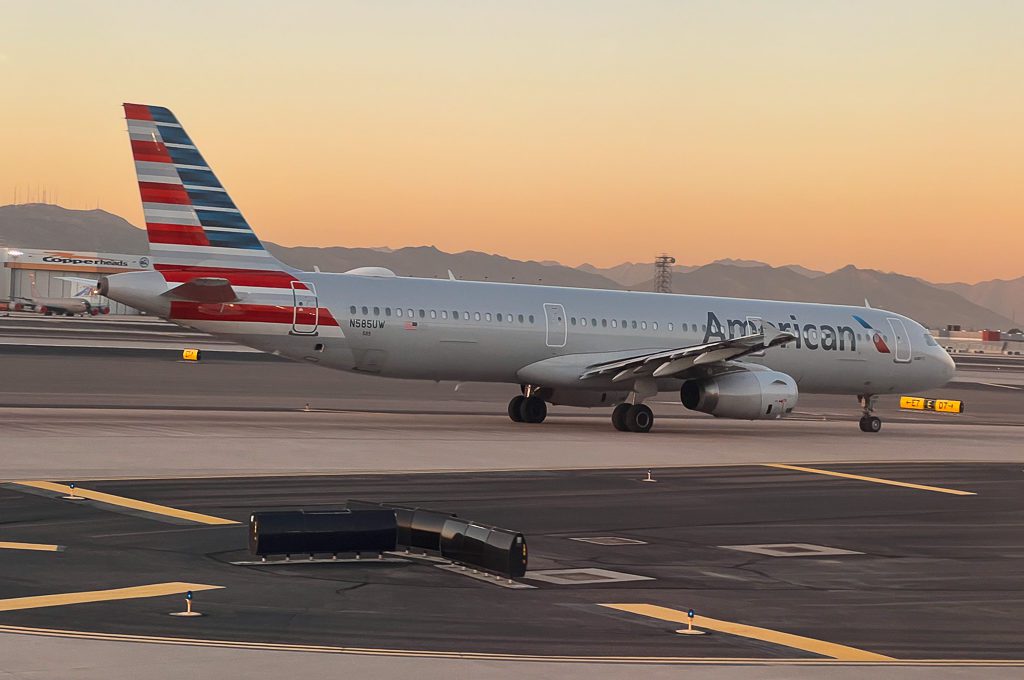
Who should use PHX
Phoenix Sky Harbor International Airport (PHX) is by far the busiest and most equipped airport in Arizona.
The great thing about Phoenix Sky Harbor International Airport (PHX) is that it is centrally located among the major cities in Arizona.
It’s right in the heart of Phoenix but also roughly in the middle of Tucson, Sedona, Flagstaff, and Prescott. Basically, you can get to all of the popular cities within about two hours.
This is why flying into PHX can make exploring Arizona so easy.
Phoenix Sky Harbor International Airport (PHX) is one of the top 10 largest airports in the US and the only airport in Arizona that offers an extensive selection of airport lounges.
They have a Delta Sky Club, Amex Centurion Lounge, Escape Lounges, Admirals Clubs, and quite a few others. So if you want that premium airport experience when heading out of Arizona, you likely will want to fly out of PHX.
PHX is an American Airlines hub so you can expect to have lots of options when flying American Airlines or American Eagle. Southwest Airlines also has a pretty large presence here along with Frontier Airlines, so you do have some budget options out of Phoenix.
Popular destinations out of PHX include: Denver, Colorado; Las Vegas, Nevada; Seattle/Tacoma, Washington; Chicago–O’Hare, Illinois; Los Angeles, California; Dallas/Fort Worth, Texas; San Diego, California; and Minneapolis/Saint Paul, Minnesota.
If you want to fly to Hawaii (HNL), you’ll have a few different options from PHX with nonstop flights on Southwest, American, and Hawaiian Airlines, including their lie-flat product.
They also have a nonstop flight to Anchorage, Alaska.
You’ll have different options for heading to Canada and Mexico including some of the vacation hotspots like Cabo and Cancun. You can also hop across the pond on a nonstop flight to London with British Airways or American Airlines.
However, if you’re trying to get to lots of different international cities in Europe or Asia or elsewhere, you will likely have to connect to a larger gateway airport on the West Coast or East Coast (or in London).
While PHX is one of the busiest airports in the US, it doesn’t have the same level of international reach that other airports in the top 10 do. (Geography probably plays a large role in this.)
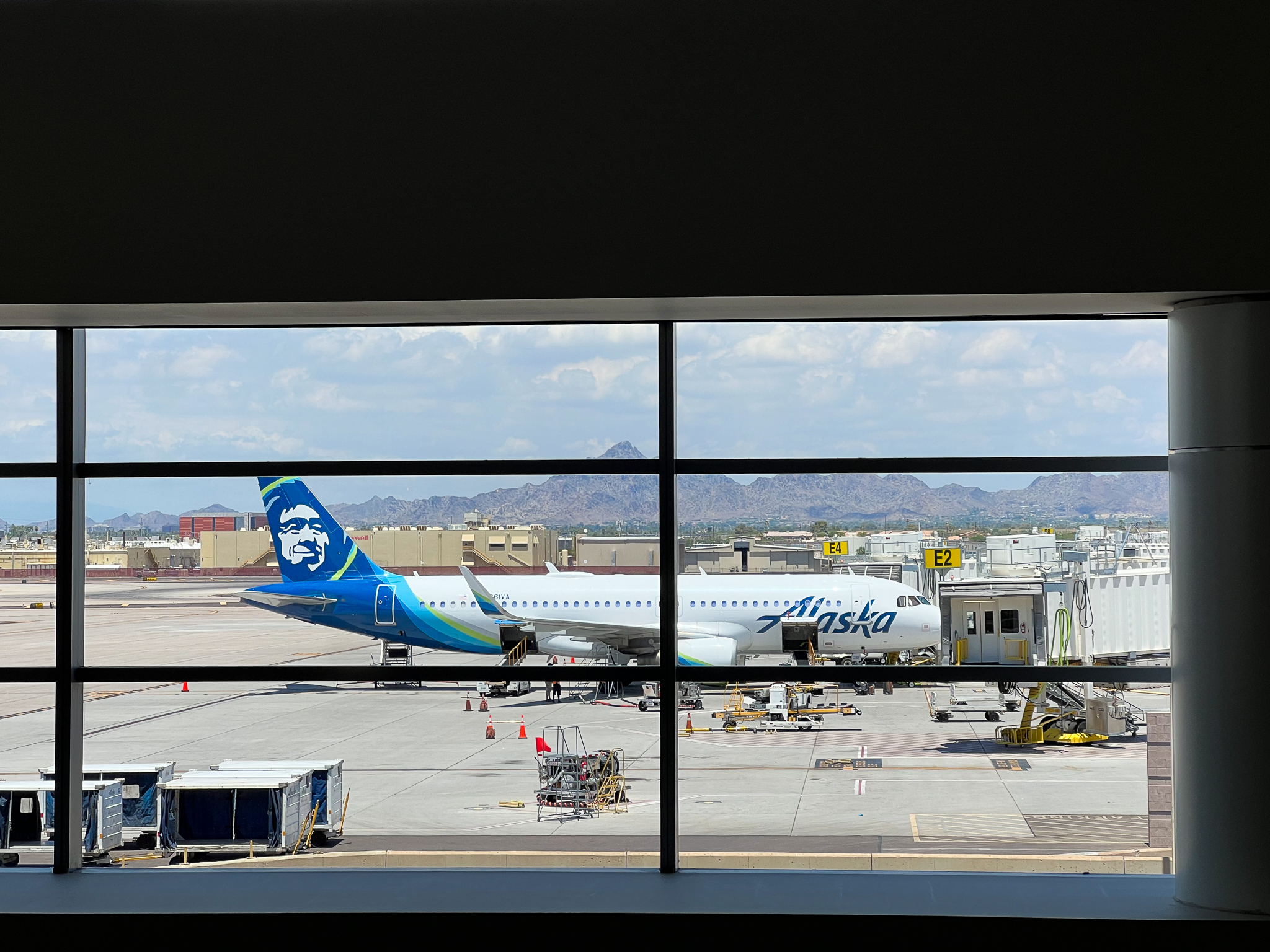
Scottsdale, near Phoenix, does have an airport called “Scottsdale Airport.” This is a small municipal airport located 9 miles north of downtown Scottsdale. While small, it’s a very busy single-runway airport serving lots of smaller jets and also has US Customs available during certain hours so that international visitors can come through.
Who should use TUS
Tucson International Airport (TUS) is much smaller and less busy than Phoenix Sky Harbor International Airport (PHX). In fact, PHX serves about 14 times the amount of traffic!
This makes TUS ideal for people who prefer a simpler and less hectic airport experience. You can quickly get in and out of this airport which makes it ideal for short and easy trips for those living in or visiting the Tucson/Pima County area.
This airport is served largely by American Airlines but also by a lot of the hubs of all the legacy carriers. This means that you usually should not have much trouble finding at least one nonstop flight from the hub cities for United, American, and Delta.
However, if you are trying to fly to a non-hub city, you’ll likely have to work with at least one connection. Southwest also serves a lot of destinations out of Tucson.
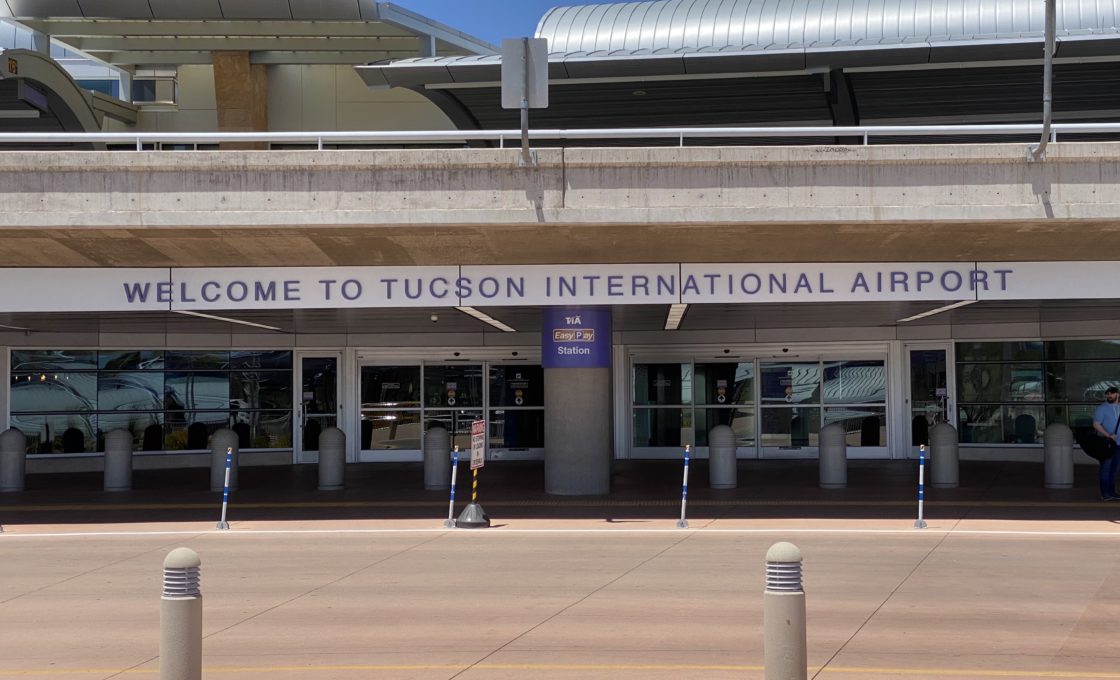
This airport does not have airport lounges like PHX. If you have a Priority Pass membership that comes with restaurant access, you can enjoy a free meal at one of the airport restaurants but for now the actual lounges (other than the Military Liaison Office) are nonexistent.
The international flights out of TUS are limited. Because of that, you will have to connect to a larger airport in order to fly on long-haul flights across the Pacific or Atlantic or to get down to places like Hawaii, Alaska, or South America.
So you can go about scheduling your longer flights in a few different ways.
One way is for you book a connecting flight through a neighboring airport like PHX or LAX. With LAX offering so many more international flights than PHX and being such a short hop from TUS, it’s often easy to utilize that airport as your gateway for long-hauls.
Another option is to simply drive to Phoenix Sky Harbor International Airport (PHX) when they serve your destination. Depending on which side of Tucson you’re coming from, this drive could be as quick as one hour and 30 minutes. (An Uber ride would cost you about $130 to $150 for a basic vehicle from Tucson to PHX.)
It’s a pretty scenic drive with mountains to admire along the way and is particularly beautiful to do around sunrise or sunset so it’s not a bad drive. Traffic between Tucson and Phoenix is not usually an issue along I-10, unless there’s a major accident.
You can find lots of airport hotels nearby PHX which makes it easy to take advantage of some of those cheaper, early morning flights.
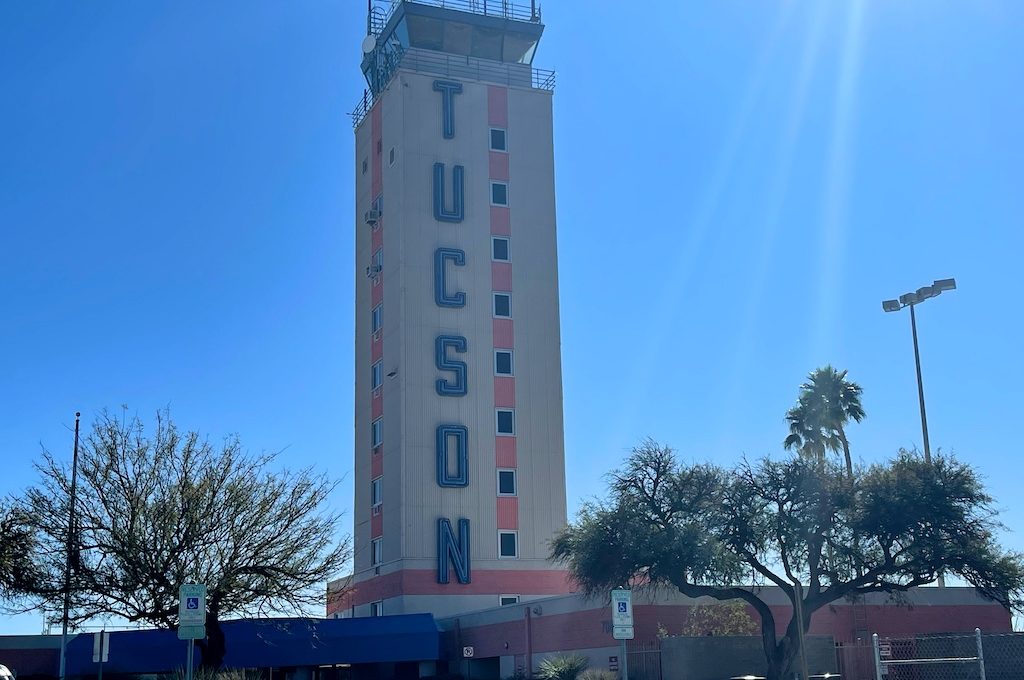
Who should use AZA
Phoenix–Mesa Gateway Airport (AZA) is located in Mesa, Arizona, 20 miles (17 nmi; 32 km) southeast of Phoenix. This means that it is in prime location for those who live in Phoenix but also for those willing to drive a couple of hours to get to the airport from places like Tucson or Flagstaff.
If you want to utilize ultra low cost carrier Allegiant Air to get around the US then AZA could be a good option.
Typically, you would be hopping between smaller cities and airports like Idaho Falls, Idaho (IDA), Knoxville, Tennessee (TYS), Laredo, Texas (LRD), McAllen, Texas (MFE) Medford, Oregon (MFR), etc. However, occasionally Allegiant Air will serve a large airport such as MSP.
If you can fly without a carry-on bag on Allegiant Air, then you can take advantage of some super cheap rates to get around the US from Phoenix–Mesa Gateway Airport. For example, you could get to Houston for $44 or to Minneapolis for $59. So Phoenix–Mesa Gateway Airport (AZA) could be one of the cheapest airports in Arizona.
For most of your international flights, you likely would want to head to PHX or a different airport as discussed above. However, you can find routes from AZA to certain Canadian destinations with airlines such as WestJet and Lynx Air.
Who should use FLG
Flagstaff Pulliam Airport (FLG) is located a couple of hours north of Phoenix in the city of Flagstaff.
It offers significantly fewer options for flights compared to all of the options above.
At the time of this writing, you only have nonstop flights to Phoenix and DFW via American Airlines. You can book connecting flights to/from lots of other airports (flying on American Airlines most likely) but the prices may be pretty high compared to just flying in/out of Phoenix.
If you can deal with the higher prices and possibly a couple of connections, the convenience of flying into Flagstaff Pulliam Airport (FLG) can be worth it for some. It will save you a two hour drive from Phoenix and it also puts you only about 1.5 hours from Grand Canyon National Park.
It’s worth noting that if you’re headed to the Grand Canyon, you might be tempted to fly into Grand Canyon National Park Airport, located in Tusayan, which is the closest airport to Grand Canyon National Park. This is largely an airport used for air taxis, tours, and charter flights, though. It has extremely limited commercial flights, so don’t expect a legacy carrier to get you there.
Flying into Flagstaff Pulliam Airport (FLG) can also make it easier to explore other areas of northern Arizona. For example, if you wanted to visit Page (Antelope Canyon), Monument Valley, Petrified Forest National Park, and other similar spots it could make sense to fly into FLG.
Bottom line: If you are pressed for time and want to explore these areas then heading into FLG could be better than dealing with the extra drive time (and possibly traffic) to and from PHX.
Related: Review: El Tovar Hotel, Amazing Grand Canyon Lodge!
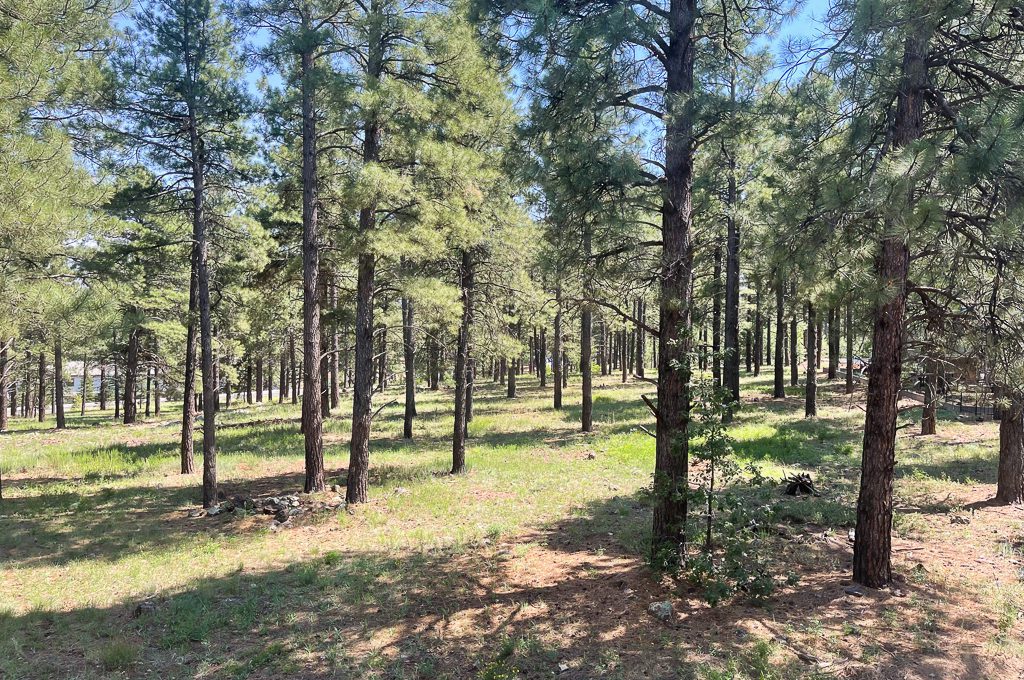
Who should use YUM
Yuma International Airport (YUM) is similar to Flagstaff in that it is a very tiny airport that only has extremely limited nonstop flights (Dallas/Fort Worth and Phoenix–Sky Harbor), so you’ll likely be connecting from those places on American Eagle.
One difference though is that YUM is a joint use airport (civilian and military flights) operated in conjunction with the U.S. Marine Corps.
It’s about a 3 hour drive from Yuma to Phoenix Sky Harbor International Airport (PHX), so it’s definitely within driving distance for some but not exactly a quick little road trip.
Some people might consider driving to San Diego International Airport (SAN) for longer flights since that airport is a little bit closer than PHX.
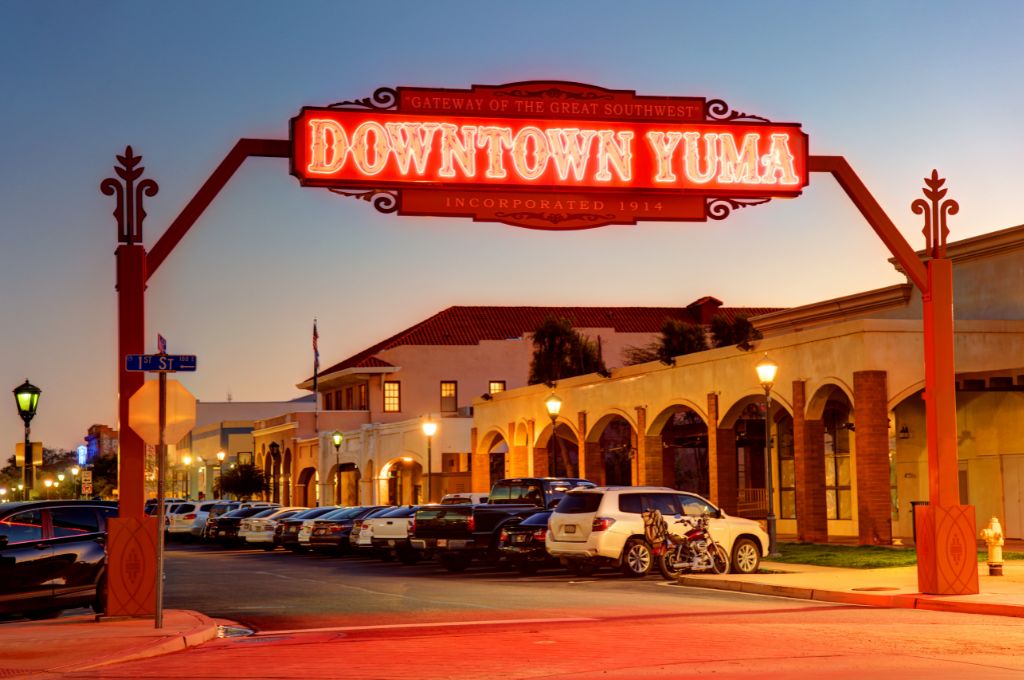
Who should use PRC
The smallest airport on this list, Prescott Regional Airport (PRC) is home to lots of training flights from Embry-Riddle Aeronautical University and Guidance Aviation and North-Aire. While the flights are very limited here at PRC, it does offer nonstop service with United Airlines to Denver and Los Angeles.
This allows people to travel with minimal connections to far-flung destinations when going with United Airlines and their partners. For example, you could fly from Prescott to Tokyo with only one short connecting flight to LAX. Not bad for such a tiny airport.
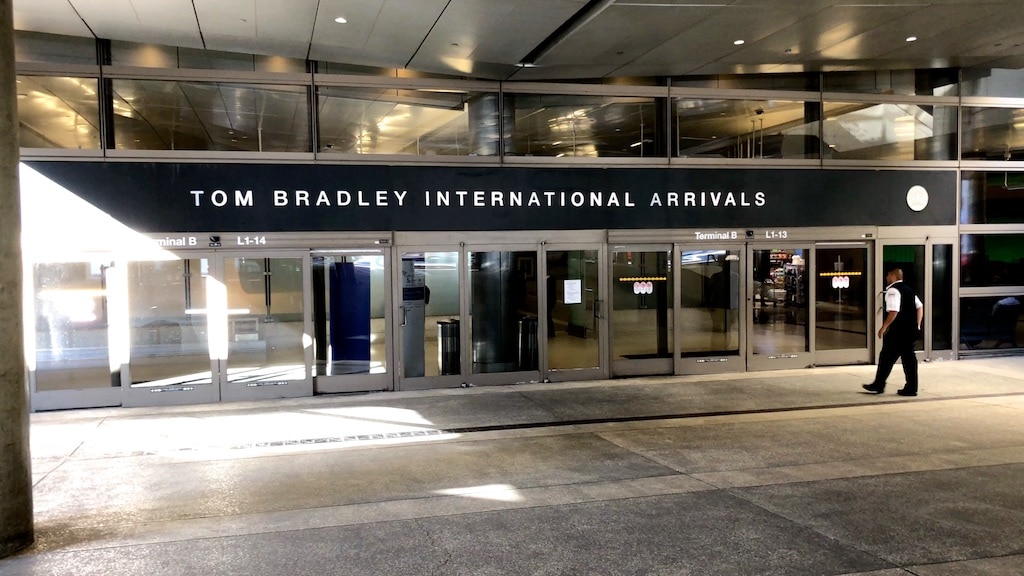
Arizona airport codes
If you’re looking for a list of the major airports in Arizona with their corresponding IATA and ICAO codes, here you go:
- Phoenix Sky Harbor International Airport (PHX/KPHX)
- Tucson International Airport (TUS/KTUS)
- Phoenix-Mesa Gateway Airport (AZA/KIWA)
- Flagstaff Pulliam Airport (FLG/KFLG)
- Yuma International Airport (YUM/KYUM)
- Prescott Municipal Airport (PRC/KPRC)
- Grand Canyon National Park Airport (GCN/KGCN)
- Kingman Airport (IGM/KIGM)
- Show Low Regional Airport (SOW/KSOW)
- Lake Havasu City Airport (HII/KHII)
FAQ
Flagstaff Pulliam Airport (FLG) is the closest commercially served airport to Sedona but Phoenix Sky Harbor International Airport (PHX) offers many more flights and will be more convenient for those willing to drive a little farther.
Arizona has a handful of main airports which include:
Phoenix Sky Harbor International Airport (PHX/KPHX)
Tucson International Airport (TUS/KTUS)
Phoenix-Mesa Gateway Airport (AZA/KIWA)
Flagstaff Pulliam Airport (FLG/KFLG)
Yuma International Airport (YUM/KYUM)
Prescott Municipal Airport (PRC/KPRC)
Yes, there is an airport in Scottsdale (SCF) but it is not used by commercial airlines.
The closest large airport to Scottsdale is Phoenix Sky Harbor International Airport (PHX).
Final word
For the most part, when you travel to or from Arizona, you will be utilizing Phoenix Sky Harbor International Airport (PHX) or Tucson International Airport (TUS). Because these airports are relatively close to each other, you may want to opt for one over the other depending on your destination and travel preferences.
The outlier airports can also come in handy when flying low cost carriers or when shaving driving time but they can require more connections and other times be more expensive.
Daniel Gillaspia is the Founder of UponArriving.com and the credit card app, WalletFlo. He is a former attorney turned travel expert covering destinations along with TSA, airline, and hotel policies. Since 2014, his content has been featured in publications such as National Geographic, Smithsonian Magazine, and CNBC. Read my bio.

